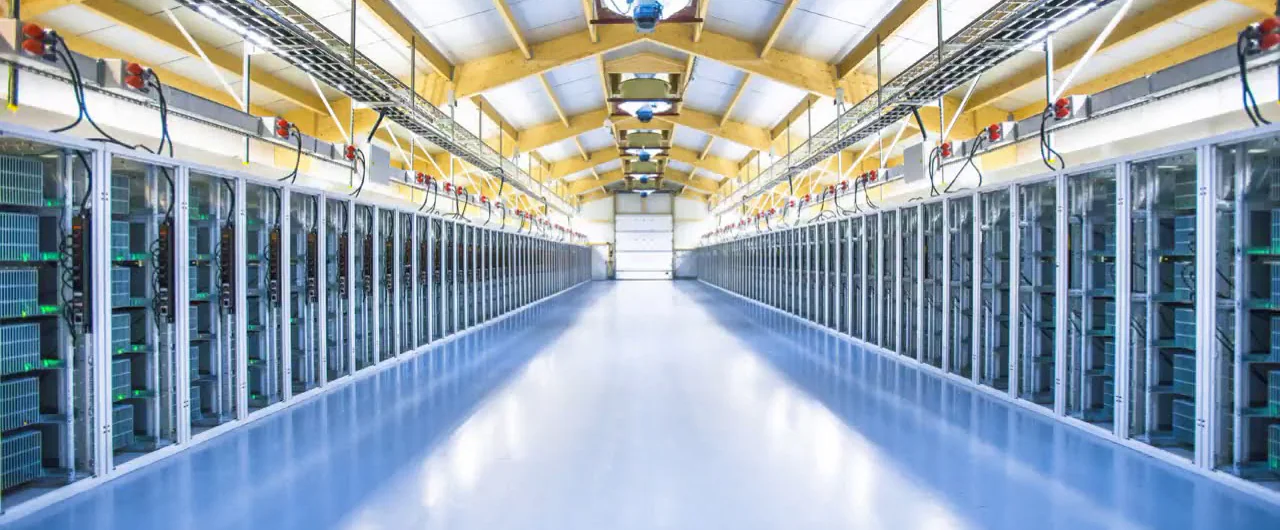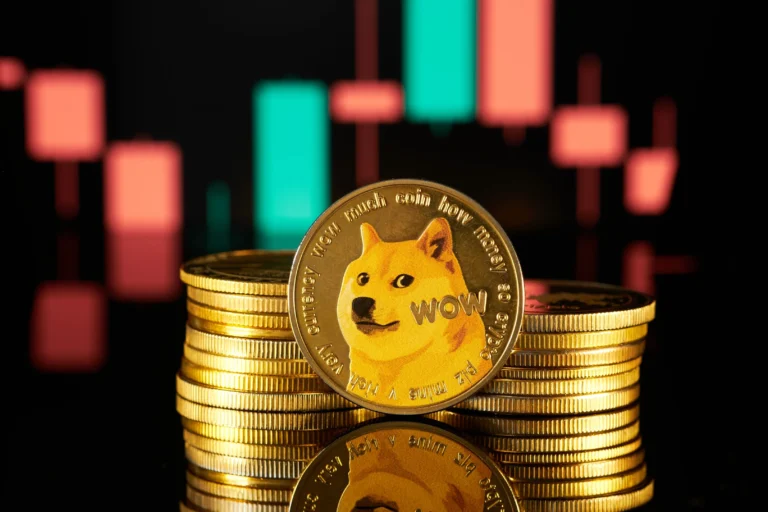Dogecoin (DOGE) with the image of a Shiba Inu dog called Kabosu as its logo, is one of the most popular and successful memecoins. It is considered an altcoin and was launched in December 2013.

How to create your own mining pool?
There are special services that serve to distribute transactions for the extraction of bitcoins or other electronic money between pool members. In other words, this is a pool – a service that brings together cryptocurrency miners.
Mining cryptocurrency using a pool has become a very tempting idea for making money. Such a joyful prospect is overshadowed by the need to give part of the earnings to the owner of the pool. Therefore, some of all miners have at least once thought about how to create their own pool and not be dependent on someone. Once, some Russian enthusiasts managed to create such a pool, they were even written about in the news. But is it so simple and what will happen to such pools in the future, no one knows. Many users complain about the operation of pools, justifying this by saying that the service is unprofitable, as it requires extra commission money. In this article, we will figure out whether it is possible to create such a business yourself and whether it is really profitable.
How the mining pool works
A lot of responsibility for the organization of work in the pool is assigned to the coordinator. He controls the process of using different nonce values so that miners do not spend the hashrate of generating the same blocks. The coordinator also monitors the equal distribution of payments to miners.
- To get started, a block must appear in the cryptocurrency network, information about which will be distributed among all miners. That is, the pool thus sends new tasks to the miners for execution.
- To get started, a block should appear on the cryptocurrency network, information about which will be distributed among all miners. That is, the pool thus sends miners new tasks to perform.
- One of the miners is working on solving the problem and sends the final result to the pool for verification. After verification, this solution enters the network.
- The network will know that this pool has coped with the task.
- Further, it is in the interests of the miner to collect his block reward, and the pool, in turn, must fairly distribute the fee among all miners.
Stages of creating your own mining pool
Let’s highlight the main stages of creating a pool:
- Launching the technical side of the service. To do this, you need certain technical knowledge. If you are not a programmer and do not understand this area, there is still a way out. To organize a passive income for yourself, be prepared to invest a lot of money, because you will have to hire intelligent development specialists who will do everything for you.
- The choice of cryptocurrencies. It is important to remember that mining pools work with such cryptocurrencies: Bitcoin, Bitcoin Cash, Ethereum, Dash, Monero, Zcash, Litecoin, etc.
- Organization of work and distribution of equal payments between miners. Creating a mining pool is quite possible in theory, the main thing is to write the software correctly and choose a good team.
- Marketing. Please also note that the pool must be well promoted and popular among users. Only a powerful server will make it possible to earn good money.
What is needed to set up and operate the pool?
- Administrator appointment. The duties of an administrator include a considerable number of tasks. He should ideally understand the specifics of the work and control the project from different angles.
- Selection of servers that will be available 24/7. It is popular and reliable to rent a couple of servers in data centers.
- Protection from hackers. Since cryptocurrency projects are very attractive to scammers, you need reliable protection of your server.
- Buying a package from a provider for a wide traffic channel.
How much money do you need to invest to organize your pool?
There is no exact amount that is needed to organize a pool, but you can familiarize yourself with the main factors that you will have to spend money on:
- Software Development (SW). The cost of the software directly depends on the mining scripts for the coins that will be mined by the miners.
- The development of a platform for ethereum miners, for example, will cost 60 ETH. The final amount may change, as it will be necessary to allocate money for salaries and rent.
- Renting a server will cost about a thousand or two hryvnias per month. But, for example, for a crypto that operates on Scrypt encryption algorithms, it can cost about $ 200 for each coin to collect a pool. The more coins, the more investments you will need to make. You need to be prepared that you will have to spend several thousand dollars.
You can read how to choose a pool for mining here.
Many advise beginners not to create their own pool, but to join an already prepared one, but if you still decide to create a pool, then be prepared to invest. We advise you to weigh the pros and cons to decide if you are ready for such a business.
Start your crypto exchange with Coin24

Exchange BTC, ETH, USDT and more — cash or card

Secure and fast crypto exchange since 2018



